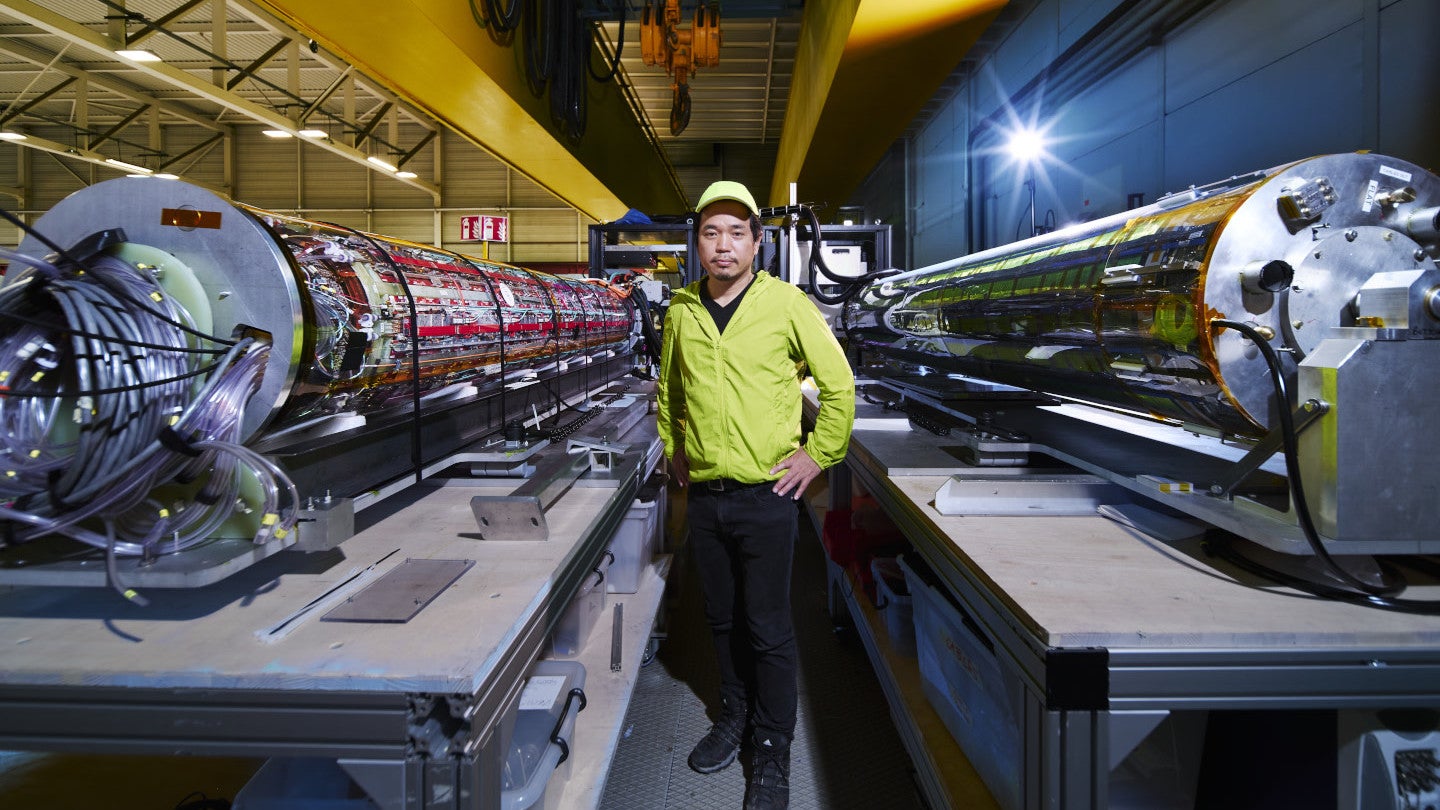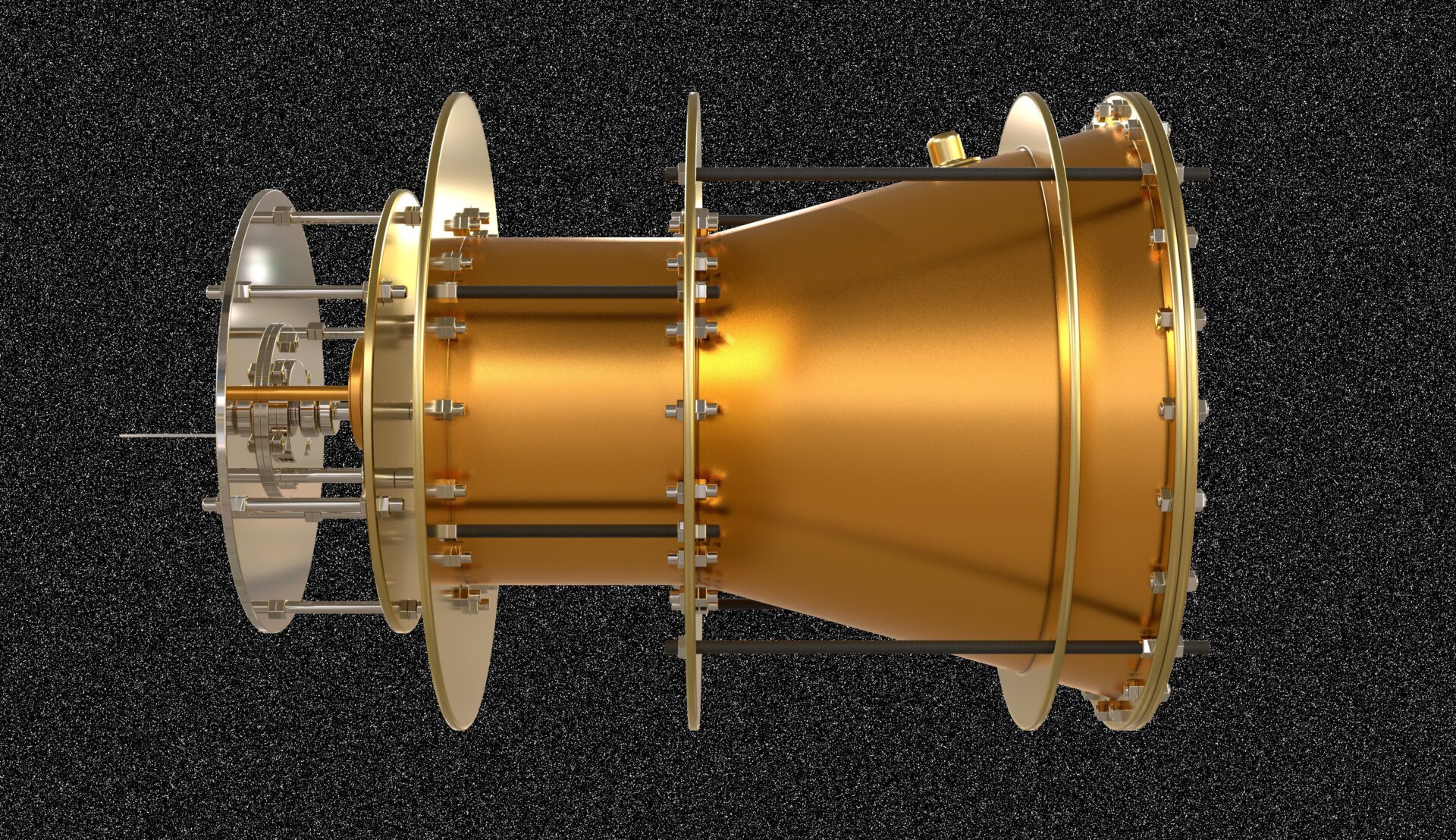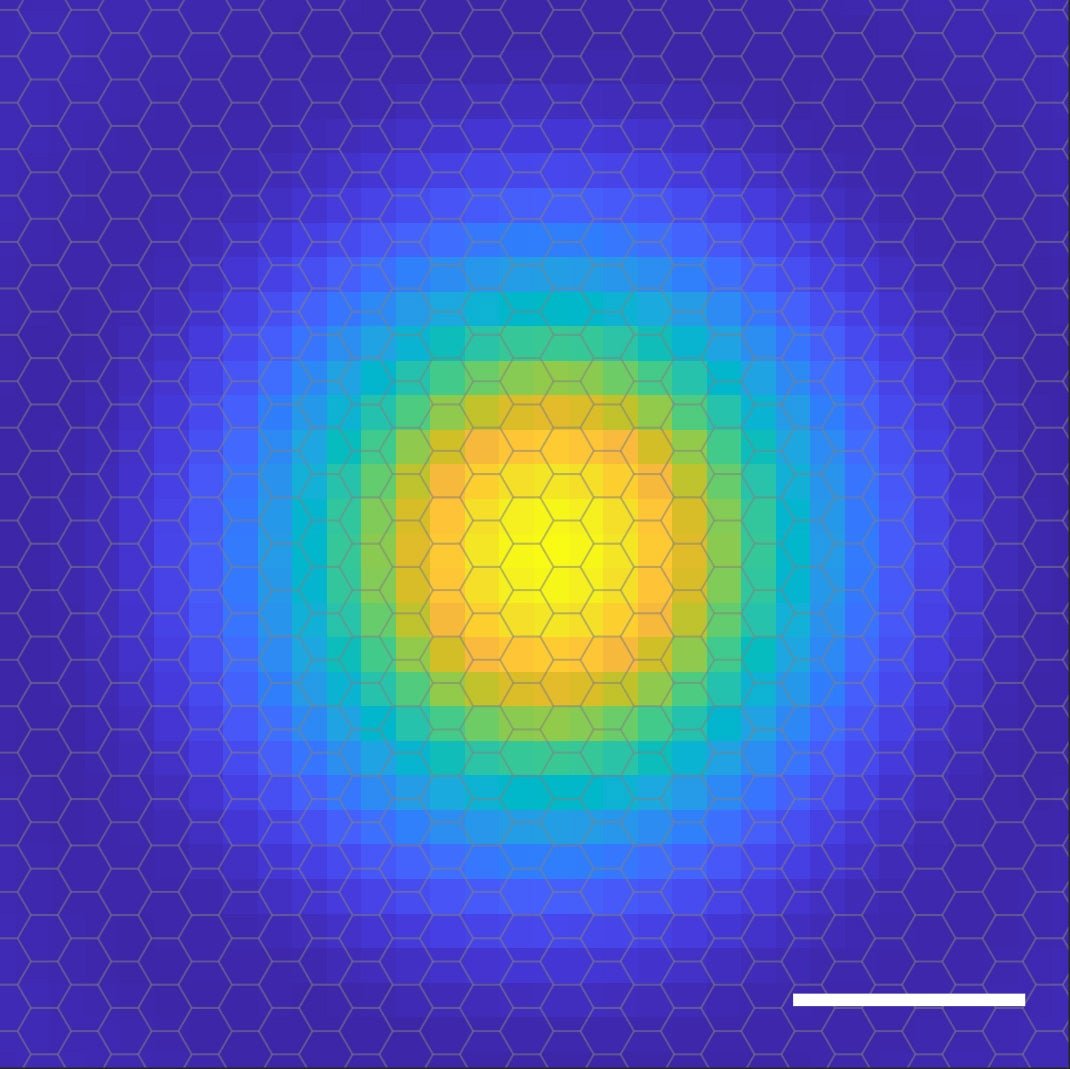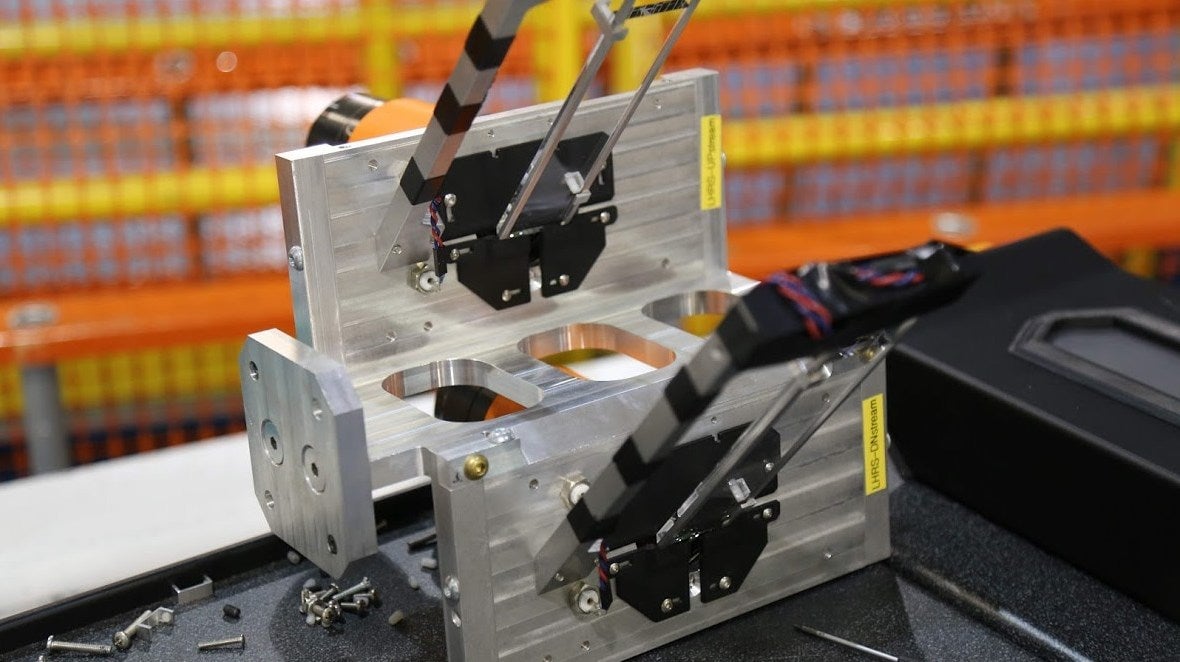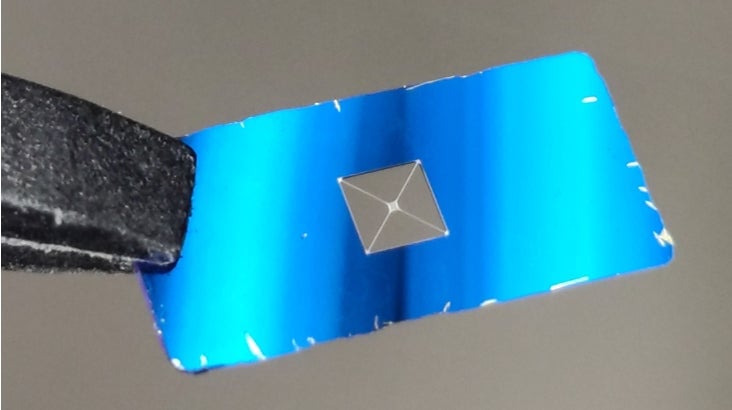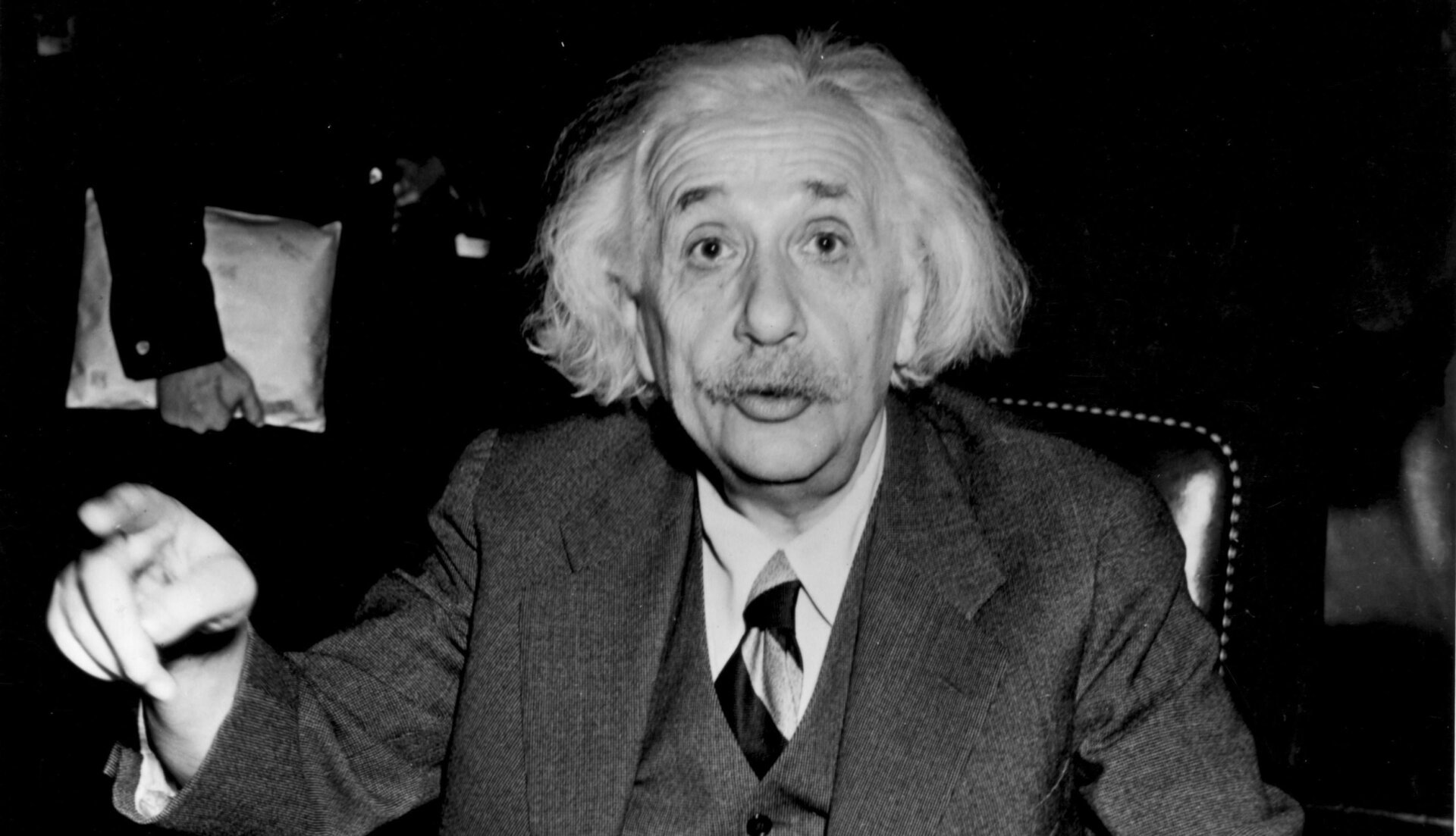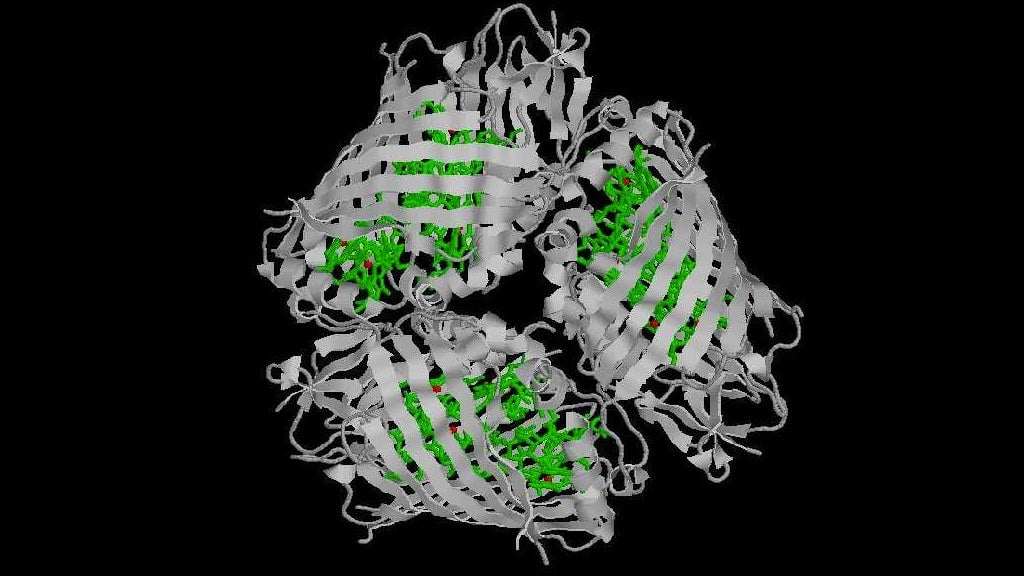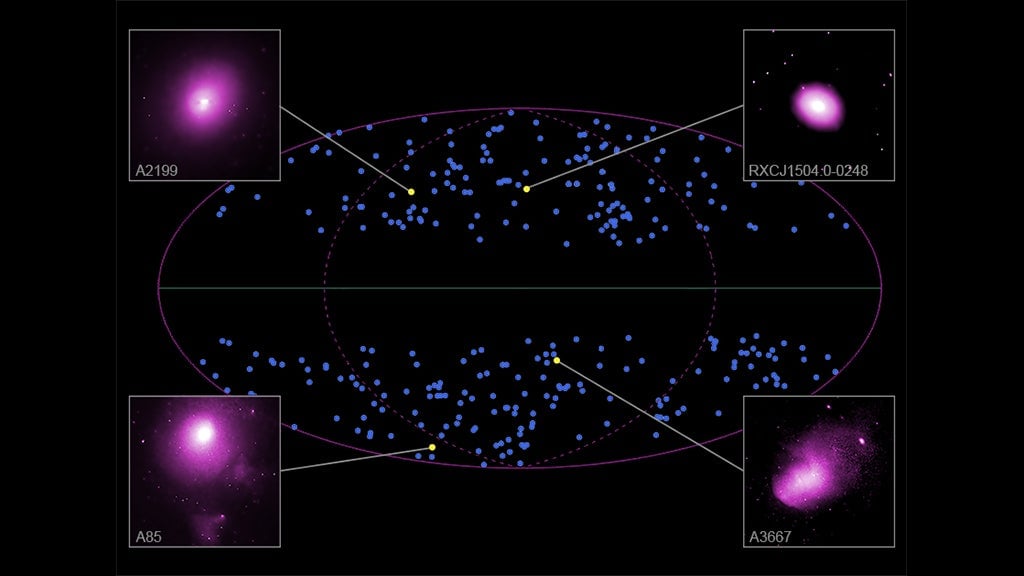Microsoft’s approach to quantum computing stands apart from industry giants like Google and IBM. While competitors focus on established technologies like superconducting circuits and trapped ions, Microsoft has set its sights on a more elusive building block: the Majorana particle. This theoretical particle, characterized by specific electron patterns within a nanowire, promises significant advantages in quantum computation. However, the existence of Majorana particles remains unconfirmed. Recently, a 2018 Nature publication claiming evidence of these particles, originally celebrated as a breakthrough, was retracted, casting a shadow over Microsoft’s ambitious project.
This retraction follows an independent investigation by the University of Delft, home institution of Leo Kouwenhoven, the Microsoft employee who led the research. The investigation revealed that while there was no intent to deceive, the team exhibited “sloppy” data selection, creating an artificially convincing picture of the Majorana particle’s signature. This incident underscores the challenges and complexities inherent in cutting-edge scientific research.
The retracted study focused on a sophisticated version of a fundamental physics experiment: measuring the electrical resistance of a nanowire under varying voltage. Theoretical predictions suggested that the presence of a Majorana particle would cause the nanowire’s conductance (the inverse of resistance) to plateau at a specific value as voltage approaches zero. The 2018 paper claimed to have observed this plateau, leading to premature pronouncements about the discovery of Majorana particles and ambitious timelines for a commercial quantum computer.
However, this plateau wasn’t exclusive to Majorana particles; other electron behaviors could produce the same effect. The ensuing media hype amplified the misinterpretation, overstating the significance of the findings. Even if accurate, the results would not have definitively proven the existence of Majorana particles.
Doubts arose in 2019 when independent researchers couldn’t replicate the results. Their subsequent analysis, shared with the original authors and Nature, revealed the flawed data selection and triggered the investigation. This retraction serves as a reminder of the scientific community’s self-correcting mechanisms and the importance of rigorous peer review. However, it also highlights the vulnerabilities of the scientific process, particularly the difficulty in evaluating complex claims when expertise is concentrated within a small group.
Despite this setback, the pursuit of topological quantum computing, based on Majorana particles, continues. The retraction doesn’t invalidate the underlying theoretical foundation. It simply underscores the experimental challenges. The incident has even spurred new research, including a study demonstrating how the observed plateau could arise from a different electron phenomenon and theoretical work suggesting the need for purer materials in future experiments.
Microsoft remains committed to its topological approach. While the timeline for a commercial quantum computer remains uncertain, the quest for Majorana particles continues, driven by the potential to revolutionize quantum computation. This pursuit, like many other fundamental physics discoveries, requires patience, rigorous investigation, and a commitment to the scientific process, even when confronted with setbacks. The retraction serves not as an end, but as a valuable lesson learned on the long journey toward realizing the potential of topological quantum computing.




